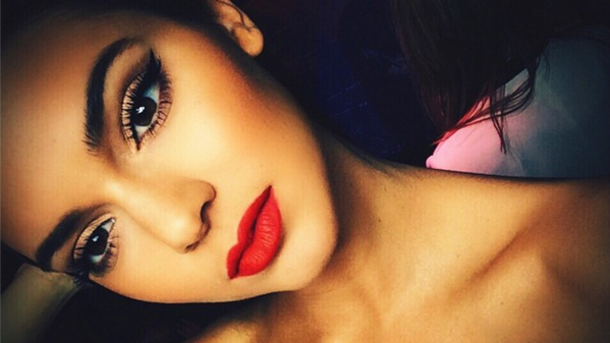Last summer, some older readers might have been puzzled to see groups of millennials shuffling around parks, city streets and riverbanks, while glued to their phones. It quickly became apparent that no, this was not a terrifying realisation of Stephen King’s Cell – rather it was the hugely successful augmented reality mobile game Pokémon Go.
While the initial hype surrounding the game has died down, the Pokémon Go phenomenon came with a resounding message: augmented reality can equal big bucks.
The same is true for beauty brands. L’Oréal leads the way with its famous Makeup Genius app, using virtual reality to monitor each user’s unique facial features; it allows virtual make-up to be applied in real time to their face.
Coty’s Rimmel app, meanwhile, has been called the ‘Shazam for make-up’, because it uses real time tracking to detect make-up on the person using it and colour-match it with Rimmel’s cosmetics. The user can then steal the look by seeing it on herself with her camera.
Additionally, Maybelline has a virtual nail bar, which allows consumers to trial hundreds of nail colours instantaneously. And Japan’s Shiseido, in order to drum up interest in its Rouge Rouge Kiss Me lipstick line, launched a tie-in app that enables two people to kiss through their phones, leaving lipstick marks as ‘kiss monsters’ that appear on the screen.
Even retailers are getting in on the act. Online beauty store Feelunique unveiled a make-up app in September 2016 that allows consumers to virtually try on products in different shades across brands. It lets the user ‘try on’ 600 products across 10 brands spanning lipstick, lip gloss, eyeliner, eyeshadow and blusher, with products from retail partner brands including bareminerals, Benefit, Bourjois, Estée Lauder, Guerlain, Lancôme, Rimmel, Urban Decay, YSL and Fleur de Force.
Mirror technology is gaining ground too. Laneige, an AmorePacific brand, for example, has a Beauty Mirror that gives the user the impression they are actually applying make-up. They can then save and share the results on social media.
Brands and retailers, however, should view augmented reality as more than a cool gimmick – the virtual shade must be true to life and a seamless process should be in place whereby the user can purchase that product while it is still fresh in their mind.
The ability for users to share looks and results obtained via augmented reality across social media platforms is also a beneficial marketing tool for brands and retailers. Will a consumer like or share your lipstick ad? Possibly. Will the same consumer post a pic of them wearing your lipstick IRL? Highly likely, but, unless they’re a beauty blogger, would probably do so without name-checking your product. But, would a consumer share an image of them trialling a shade using this novel technology? And with hashtags aplenty? Hell yes! Moreover, as a social media user, I would also be more likely to engage with a friend or follower posting an image of them using such technology than I would a standard ad.
Ultimately, if beauty brands take the correct approach to monetising augmented reality and to integrating it into their social media marketing strategy, augmented reality could prove a great way to capture not just Pokémon, but consumers too.
Julia Wray is Editor of SPC magazine, part of the Cosmetics Business group of products. For more information about the new look SPC, visit http://www.hpcimedia.com/SPC/ and for more beauty industry news and insight go to http://www.cosmeticsbusiness.com/

